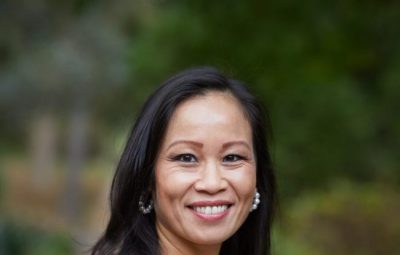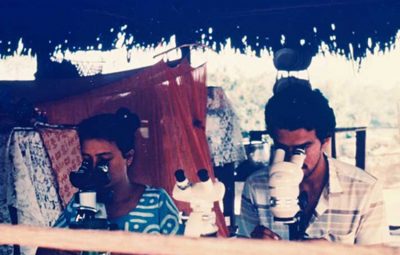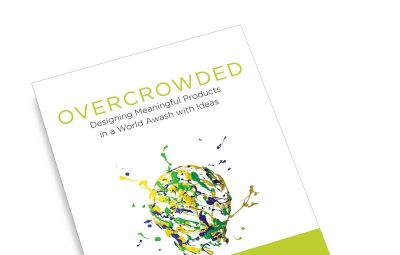This is an exciting time for the field of design. The technologies that the research communities have worked on for the past 25 years have leapt off the pages of academic journals and into the daily lives of billions. What used to be our imagination is now our reality. These have enabled an extremely wide range of innovation in multiple arenas: healthcare and medicine, business, social interaction, entertainment.
But technology only enables: a practical application requires more than the underlying technology. If we build things for people, then knowledge of both people and technology is required. If we are to make them pleasurable, then the creativity and craft skills of artists and traditionally trained industrial and graphic designers are required. If they are to be understandable, then social scientists are required, including experts in writing and exposition. If they are to thrive in the world of business, then schools of management are required. Design aspires to combine these very different vertical threads of knowledge. Design is an all encompassing field that integrates together business and engineering, the social sciences and the arts.
Our goal is to create an exciting, vibrant design community that pervades the campus, cutting across disciplines, developing cross-campus projects, combining practice with theory, and making UC San Diego a world leader in design theory and integrative programs.
We propose a novel mix of practice and theory, of Thinking, Observing, and Making: TOM. We want to produce major works that advance the state of knowledge and leave a lasting heritage. Let TOM define our approach. Thinking and Making, but always for the benefit of people, hence the importance of Observing. The goal of design is to produce products, services, and systems. It is the science and practice of making.






